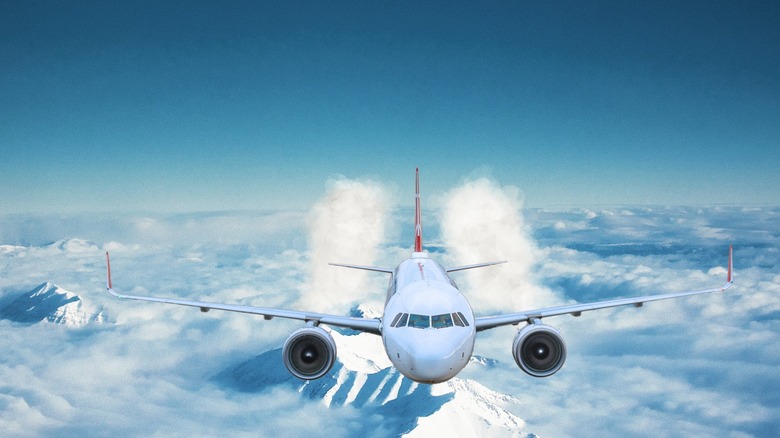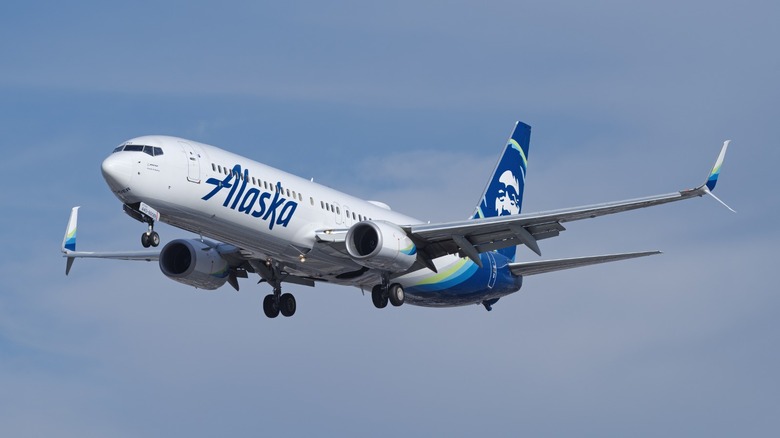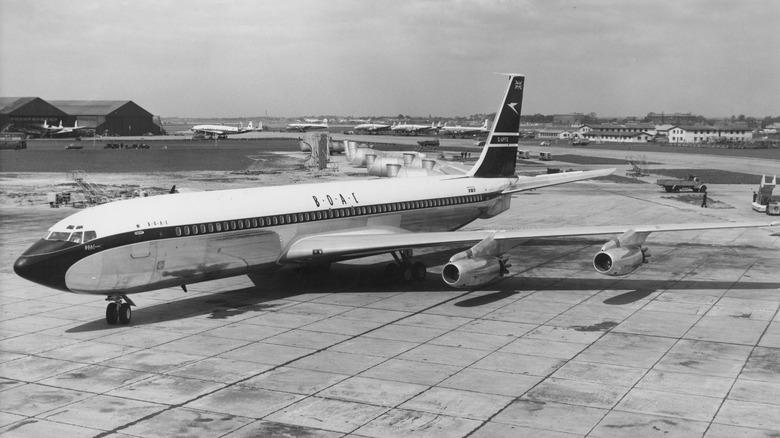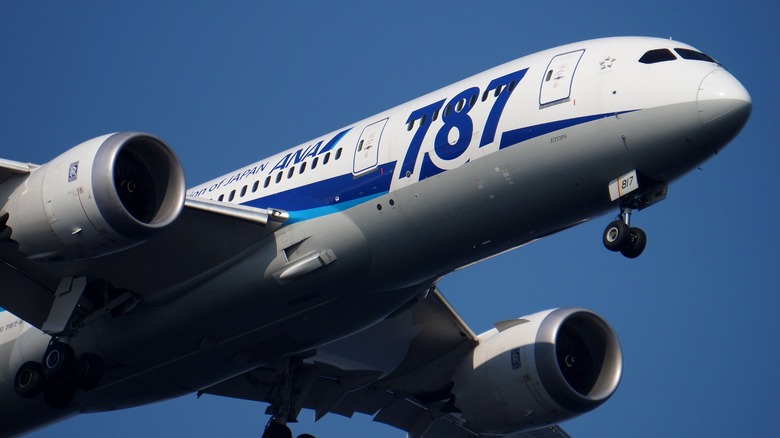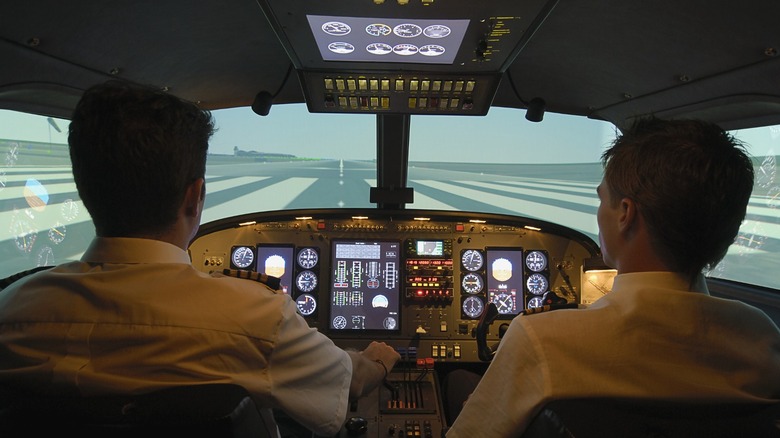Can Airliners Still Fly If They Lose One Engine?
Airline travel is one of the safest forms of transportation, with the International Air Transport Association (IATA) reporting that there were an average of just 0.07 passenger fatalities for every one billion miles traveled between 2000 and 2009. The same agency reported that the number of fatalities to occur when traveling by car or motorcycle, for comparison, were 100 and 3,000 times higher, respectively, in the same time period. Passenger airline accidents are so rare that if a crash does occur, it makes global headlines.
The reason these flights are so safe is that aircraft are designed with safety in mind. That's why passenger jets usually have at least two sets of everything they need to stay in the air: from instruments and mechanical parts to computer systems and even pilots. But one of the biggest fears many passengers have is: What would happen if an airplane lost one of these important things, like the engine? After all, if an airplane loses all engine power, then it's going to crash, right? The good news is, if an airliner loses an engine, it can still fly. But that doesn't mean it will be smooth sailing.
Airliners usually have a backup engine if they lose one
Before any twin-engine aircraft can be certified, it must prove that it can take off, climb to a safe altitude, give pilots time to assess the situation, and land safely — all with just one engine. Of course, if an airliner loses one engine in flight, then you will sacrifice some performance. The plane might not be able to fly as high or as fast, and you will most likely have to divert to the nearest airport. But that doesn't mean that an aircraft will fall from the sky if it loses an engine.
There are plenty of popular single-engine planes that work just fine with one engine, but airlines tend to design aircraft with twin engines so that they do have a backup in case of emergency. That being said, an airplane is designed to glide on its own even if it loses all engines. For example, in 2009, US Airways Flight 1549 was headed to LaGuardia when it had to land in the Hudson River after its engines shut down (interestingly due to coming into contact with multiple large birds at 400 feet).
If you're at higher altitudes, you can still glide down safely in most aircraft. For example, Air Canada 143 ran out of fuel at 41,000 feet but was still able to land safely at an old air force base in Gimli, Canada, which was about 100 miles away from the location where they lost all power.
The first jet airliners had four engines
If you look at the first popular jet airliners, like the Boeing 707 and the DC-8, you'll notice that they have four engines. That's because jet engines during the 1950s just weren't as powerful and reliable as the engines we have today. The idea was that even if you lost an engine, you'd still have three to get you to your destination safely.
Because of this kind of redundancy, aircraft accidents were nearly as rare an occurrence then as they are now. In fact, there were only 40 fatal accidents per million departures in the U.S in 1959, with the number dropping to just two accidents per million departures after 10 years. Today, that statistic is now fewer than 0.1 fatal accidents for every million flights.
While four engines gave aircraft a good margin of safety for airliner operators, having three or more jet engines means that airplanes use up a lot of fuel. Advancements in engine technologies have made jets far more reliable today, which meant that there's less chance that a twin-engine will experience losing all power on a flight. Nevertheless, authorities had to ensure passenger safety, so they introduced Extended Range Twin-engine Operations (ETOPS) guidelines for twin jets in 1985.
ETOPS ensures planes stay in close range even if they lose an engine
ETOPS rules helped ensure safety by requiring twinjets to always be within a certain flight time of a suitable diversion airport, so that if you lose one engine, you can safely divert your aircraft to another backup airport. Trans World Airline (TWA) was the first airline to be given the ETOPS 120 certification in 1985. With this certification, TWA was able to use a Boeing 767 jet to fly from Boston to Paris. Because this jet had two fewer engines than the Boeing 747 and one fewer than the McDonnell Douglas DC-10 jet, it cost less to operate, allowing the airline to fly a smaller plane between smaller destinations.
Further improvements led to the ETOPS 180 rating, with the Boeing 777 becoming the first twinjet to get this certification just as it entered service with airlines in 1990. In 2009, the Airbus A330 passenger jet was the first plane to receive an ETOPS 240 certification, meaning its routes can take place as far as four hours from the nearest airport.
Today, the highest ETOPS rating is ETOPS 370. This means that twinjets could be routed as far as six hours and 10 minutes from the nearest suitable airport, allowing them to take a more direct route and fly across vast oceans.
What happens when an airliner's engine fails?
Even though jet engines have become so reliable that airliners can now fly even if they lose one engine, a failed engine is still a serious concern for pilots. I'm a pilot myself, and the steps I need to take if an engine fails are practiced so much during training that I can do the steps from memory. In fact, airline pilots need to go through annual or semi-annual checks, performing engine failure recovery as one of the primary tasks necessary to renew their licenses and prove that they can safely act as a pilot on a commercial passenger flight.
If an engine failure does happen, the first steps a pilot does are: aviate, navigate, and communicate. This means they first need to focus on flying the plane. This includes physically stabilizing the plane so that they can troubleshoot the issue and then try to restart the engine. From there, they would navigate to their designated diversion airport, and then inform air traffic control what's happening and what the plan is.
This confluence of engine reliability, pilot training, and support from the ground has made commercial flying so safe that planes could now go long distances with just two engines. And, in the rare event that an airliner would lose one engine, it could continue flying safely to the nearest airport that could accommodate the jet.
